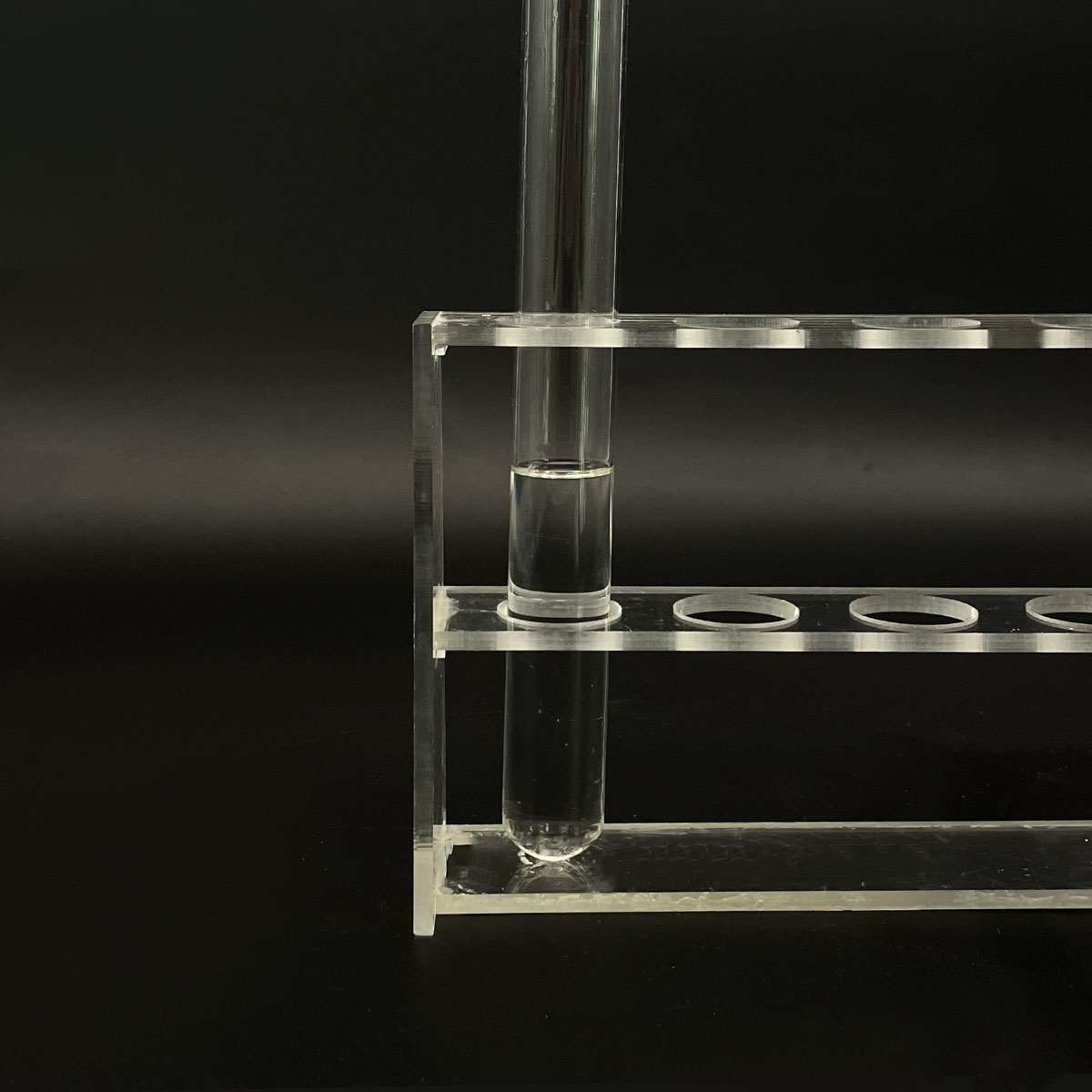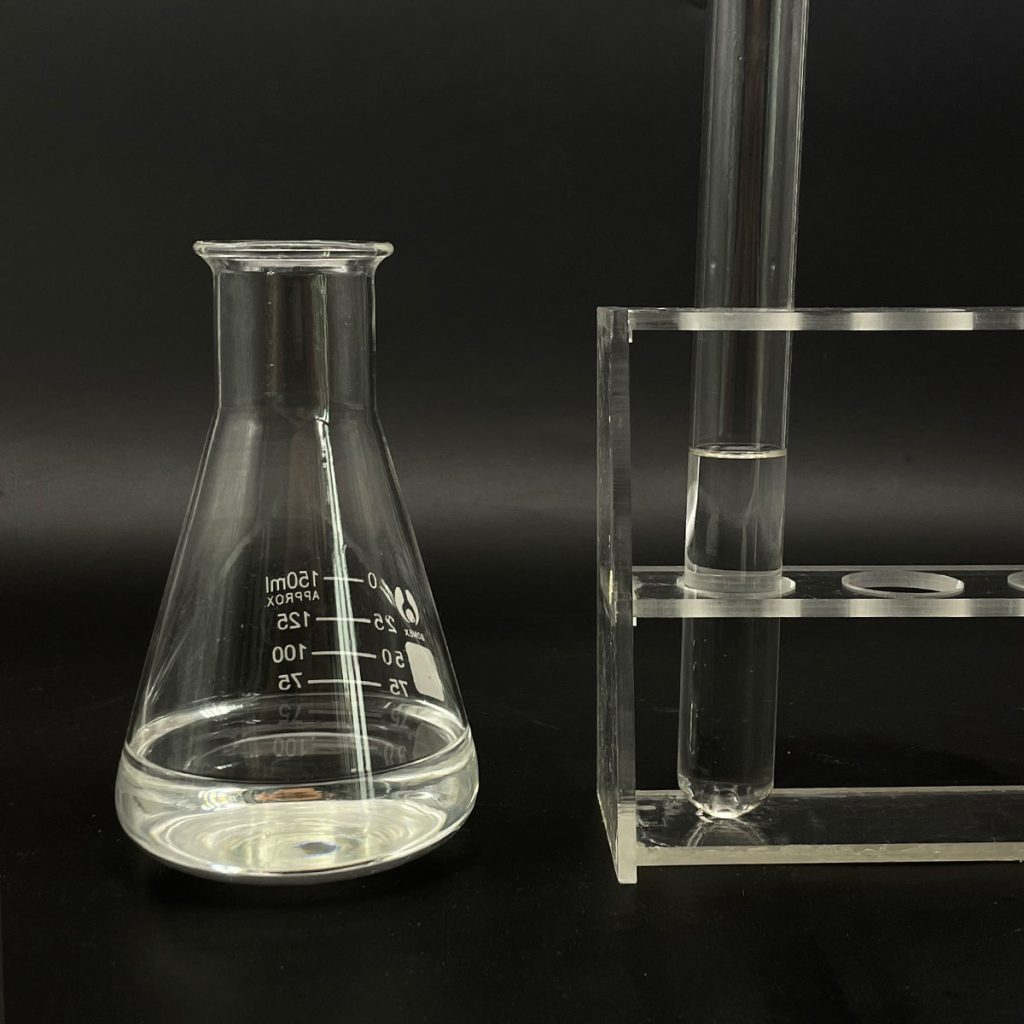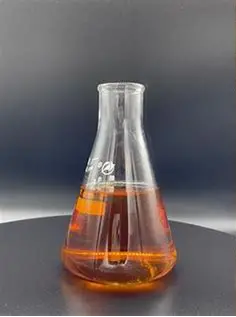1. Introduction
In the past 48 hours, a new study published in the Journal of Cosmetic Science has reignited consumer concerns about sodium lauryl sulfate (SLS), highlighting its potential to disrupt skin barrier function even at low concentrations. This comes amid growing demand for gentler, eco-friendly surfactants in everything from shampoos to herbicide adjuvants. As brands scramble to reformulate, understanding the nuanced differences between SLS and its alternatives has never been more critical.

Sodium lauryl sulfate—also known as sodium dodecyl sulfate (SDS)—is one of the most widely used anionic surfactants globally. Found in everything from toothpaste to industrial cleaners, its powerful foaming and cleansing abilities make it a staple in formulations. But with increasing scrutiny over skin irritation, environmental persistence, and compatibility with other ingredients, formulators are turning to alternatives like alkyl polyglucoside, coco glucoside, and amphoteric surfactants such as cocamidopropyl betaine (also called coco betaine or amidopropyl betaine). This article dives deep into the chemistry, performance, and practical trade-offs between SLS and these modern options.
2. Understanding Sodium Lauryl Sulfate and Its Chemical Siblings
Sodium lauryl sulfate (SLS), chemically identical to sodium dodecyl sulfate, is a straight-chain anionic surfactant derived from lauryl alcohol (dodecyl alcohol). It’s often confused with sodium laureth sulfate (SLES), also called sodium lauryl ether sulfate or sodium lauryl ether sulphate. The key difference? SLES is ethoxylated—meaning ethylene oxide is added to the molecule—making it milder and less irritating than SLS. While both are anionic surfactants, SLES produces richer foam and is more soluble in hard water, which is why it dominates in shampoos (e.g., ‘sodium lauryl ether sulphate in shampoo’ is extremely common).
Other related compounds include ammonium lauryl sulfate (ALS), sodium lauroyl sarcosinate, and sodium cocoyl isethionate—each offering varying degrees of mildness and foam stability. For instance, sodium lauroyl methyl isethionate and sodium cocoyl glutamate are gaining traction in ‘sulfate-free’ products due to their excellent skin compatibility.
3. Comparing SLS with Alternative Surfactant Classes

Surfactants fall into four main categories: anionic, cationic, non-ionic, and amphoteric. SLS is a classic anionic surfactant, meaning it carries a negative charge in solution. This gives it strong detergency but also higher irritation potential. In contrast, non-ionic surfactants like polysorbate 80, Span80, Pluronic 127 (poloxamer 188), and ethoxylated alcohols lack charge and are generally milder—often used as emulsifiers or wetting agents rather than primary cleansers.
Amphoteric surfactants like cocamidopropyl betaine can switch charge depending on pH, making them ideal for buffering the harshness of anionic systems. They’re frequently paired with SLS or SLES in shampoos to reduce irritation while boosting foam. Meanwhile, bio surfactants such as decyl glucoside, coco glucoside, and alkyl polyglucoside are derived from renewable resources (like coconut oil and glucose) and are biodegradable, non-toxic, and gentle—making them popular in ‘clean beauty’ and eco-formulations.
Cationic surfactants like cetyl trimethyl ammonium bromide (CTAB) or cetyltrimethylammonium bromide carry a positive charge and are rarely used for cleansing; instead, they serve as antistatic or antimicrobial agents in conditioners and disinfectants.
4. Performance in Personal Care vs. Agricultural Applications

In personal care, SLS is prized for its high foaming power and cost-effectiveness. However, its aggressiveness can strip natural oils, leading to dryness—especially in sensitive skin. This has driven the rise of blends using sodium coco sulfate (a milder coconut-derived anionic) or sodium lauroyl sarcosinate alongside amphoteric co-surfactants.
In agriculture, surfactants act as wetting agents or spreaders in herbicides. Here, SLS is less common; instead, non-ionic surfactants like ethoxylated alcohols, lignin sulfonate, or methylated seed oil are preferred as ‘surfactant for herbicides’ or ‘lawn wetting agent’ because they enhance leaf penetration without phytotoxicity. Fluoro surfactants and sodium deoxycholate are niche options for specialized applications, but bio surfactants are gaining ground due to lower environmental impact.
5. Safety, Misconceptions, and Market Trends
Despite viral claims, SLS is not carcinogenic—but it can cause irritation, especially with prolonged exposure. Regulatory bodies like the FDA and EU SCCS deem it safe at typical use levels. However, consumer perception has shifted, fueling demand for ‘sls sodium lauryl sulfate’-free labels. Note: ‘sls sodium laureth sulfate’ is a common mislabeling—SLES is not SLS, though both contain ‘sulfate’ in their names (e.g., laureth sulphate, sulphate laureth sulfate).
Companies like Rohit Surfactants Private Limited now offer a wide range of alternatives, including sodium dodecylbenzene sulfonate for detergents and bio-based options for green formulations. Even industrial suppliers list ‘sodium lauryl sulfate for sale’ alongside newer molecules like sodium oleate or copper 1 bromide-compatible surfactants for specialty uses.
6. Conclusion
Sodium lauryl sulfate remains a powerful, cost-effective surfactant—but it’s no longer the only game in town. From ultra-mild alkyl polyglucosides to high-performance amphoteric blends like cocamidopropyl betaine, modern formulators have a rich toolkit to balance efficacy, safety, and sustainability. Whether you’re developing a baby shampoo or a weed killer, understanding the ‘meaning of surfactant’ and the differences between anionic, cationic, and non-ionic types is essential. As research evolves and consumer preferences shift, the future of surfactants lies in smarter, greener chemistry—not just stronger lather.
Our Website founded on October 17, 2012, is a high-tech enterprise committed to the research and development, production, processing, sales and technical services of ceramic relative materials such as Sodium. Our products includes but not limited to Boron Carbide Ceramic Products, Boron Nitride Ceramic Products, Silicon Carbide Ceramic Products, Silicon Nitride Ceramic Products, Zirconium Dioxide Ceramic Products, etc. If you are interested, please feel free to contact us.


